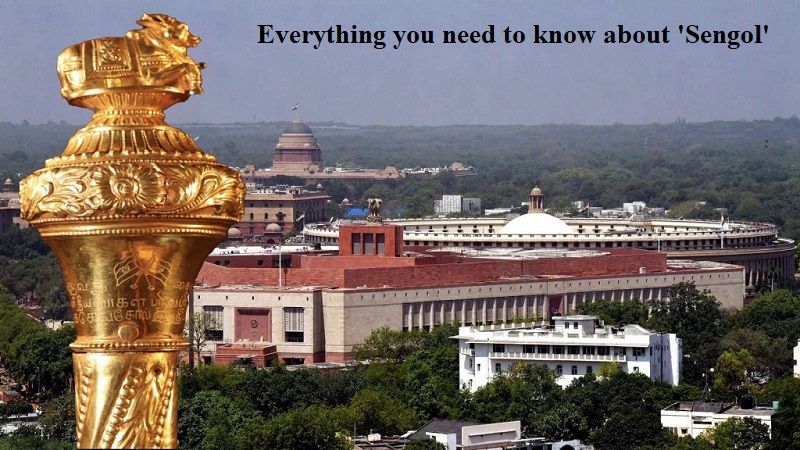
In India’s soon-to-be-inaugurated parliament building in New Delhi, a significant ancient symbol representing growth and the transfer of power will be prominently displayed.
The symbol is known as the Sengol, a ceremonial club-like object adorned with ancient Indian symbols representing power, honor, prestige, and the continuity of the people’s influence over those in power. It will be placed near the seat of the Lok Sabha speaker.
The Lok Sabha, also known as the People’s House, is the lower house of India’s parliament and is directly elected by the people.
The Sengol has its origins in the Chola dynasty of South India, which is renowned as one of the longest-ruling dynasties in the world.
In modern times, the Sengol holds great cultural significance in the state of Tamil Nadu.
In Tamil Nadu, the Sengol is considered a mark of heritage and tradition, and it plays a vital role in various cultural events, festivals, and important ceremonies.
Before India’s first Prime Minister, Jawaharlal Nehru, proclaimed the country’s independence from British rule on the midnight of August 15, he received the Sengol from Tamil Nadu. It was regarded by the leaders of that time as a symbol representing India’s diverse traditions and signifying the continuity of these traditions since the third century BCE.
The Sengol has also been described as a symbol of achieving independence and symbolizes the transfer of power from the British to the people of India.
Prior to the official inauguration of the new parliament building, India’s Prime Minister, Narendra Modi, will receive the Sengol from the state of Tamil Nadu in South India.
India’s Union Home Minister, Amit Shah, emphasized the significance of the Sengol, stating that on August 14, 1947, late Prime Minister Pandit Jawaharlal Nehru received the Sengol from Tamil Nadu. In the presence of several senior leaders, he accepted it as a symbol of achieving independence and as a representation of the power shift from the British to the people of India.

Post Your Comments